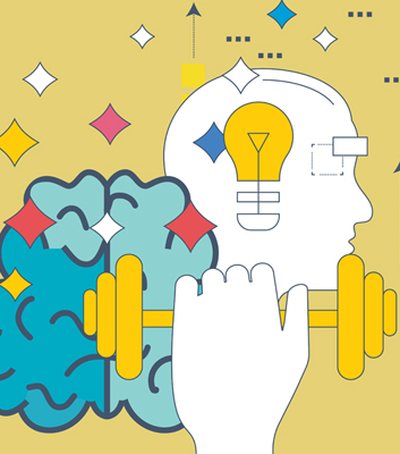
During the first months of a newborn's life, a struggle often arises for parents not only to meet the needs of their baby, but simply to know what those needs are.
As much as a new parent may want to soothe their baby’s endless depressing cries, it can be challenging without knowing what they want, many of them give up saying they will not always understand their children. In the age of the Internet of Things, smartphones and tablets, however, some are using technology to explore modern ways of working on old problems.
Ana Laguna, a 33-year-old scientist and expert in data management, gave birth to her first child in 2016. After a few hours of crying, she had an opinion, there had to be a way to translate the cries of a porsalinduri.
The idea seemed so obvious that she assumed it must have already been a company that had successfully developed some kind of device or application, but the only thing she could find was a Korean application that was just for operation. Fascinated by what seemed somewhat like technological oversight, her intuition quickly turned into a project: she would record her baby cries to look for models.
" Many projects come wrong or out of necessity. "Mine is one of the last," Laguna told Insider.
Over the years, the Laguna project was transformed into a full-fledged company, Zoundream. The company specializes in software development to translate the cries of newborn babies, especially those up to six months old.
After raising just over $ 1 million in the first round of funding in October 2020, Zoundream now wants his studies to help detect atypical developments in newborns at an early stage. There have been several stages in the development of Zoundream to get to where it is now.
Laguna's first concern was to find out if babies from different places cry differently. If, for example, the crying of a German baby were different from that of a Spanish baby, this would have significantly reduced the potential software audience as well as the sustainability of the whole project.
After many hours of gathering information through scientific publications on the subject and analyzing sound samples, Zoundream came to a conclusion, although there were obvious differences in the prosody of crying, the content is always the same in all languages.
In other words, although German and Spanish babies may sound different, they are, in essence, trying to say the same thing. The only thing left to do was to start the business, this is where Roberto Iannone, the current CEO of the company comes into play.
Hundreds of miles away the Lagoon, almost at the same time as it, Iannone, an entrepreneur, had already had a similar idea. So when a colleague told her about the Lagoon and her studies on crying patterns in newborns, which had already begun to gain a spread in the press, Iannone knew what she had to do.
Zoundream was born from a single idea, as there are more than 7,000 languages ??in the world, the way newborns express their needs is universal. The company now translates baby cries into five types: hunger, sleep, pain, gas, and a desire to be held in the arms.
This method of classification works best in infants up to the age of three months, when crying is most real. From this point on, according to Laguna, the synapses of the baby's brain become more complex, they begin to learn at full speed. As a result, babies begin to use certain strategies to get what they want. In other words, human beings learn to lie before they learn to speak.
After the birth of her second child, Laguna decided that she did not just want to record her baby crying; she wanted other parents to be able to contribute to the project. A newborn cries an average of two to three hours a day. Over time, Zoundream managed to collect thousands upon thousands of hours of crying analyzed using spectrograms, from Europe, Asia and the entire American continent.
This means that Zoundream is already working on refining translations through devices that are still just prototypes. Zoundream is building partnerships with companies that, in the coming years, will make it possible to integrate this technology into carts, bracelets, or even surveillance cameras. One condition is that the system must be automatic.
" When a child cries, their parents will go to take care of them and completely forget about the cell phone and everything else," says Laguna.

In addition to audio, the company began receiving feedback.
" I remember, for example, a mother who said that her son was not stopping crying. "The recordings told us he was hungry," says Laguna. "It made no sense to her because she continued to breastfeed. Eventually, she told us that we were right, that the doctor had discovered a problem with his lingual frenulum, and that he was not eating well. ”
Cases like these have inspired the Zoundream team to try to take the next step and uncover atypical developments through the way babies cry.
Some cases, she says, are obvious: “The crying of a child on the autism spectrum is very characteristic, very hoarse. You can see it very clearly in the spectrogram. "
In doing so, Laguna explains, the company hopes to help improve early diagnosis options, which can greatly improve quality of life.
" In cases of early diagnosis," she says, "autism is detected around the age of two. "Imagine the improvement if it could be done before the age of six months."
Source: Insider / BM /





